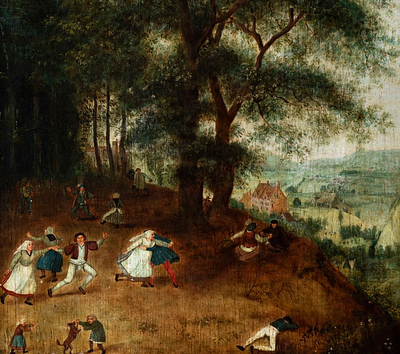Flemish school; century XVI. "Saint Jerome penitent". Oil on wood. Cradled
Lot 51
About Seller
Setdart Auction House
Carrer Aragó 346
Barcelona
Spain
Setdart Subastas was born in 2004 and is currently the first online art auction in Spain with solidity, prestige and reliability guaranteed by our more than 60,000 users. Setdart has a young, dynamic and enterprising team ready to successfully manage the purchase and sale of art works through custom...Read more
Estimate:
EUR€6,000 - EUR€8,000
$6,451.61 - $8,602.15
Absentee vs Live bid
Two ways to bid:
- Leave a max absentee bid and the platform will bid on your behalf up to your maximum bid during the live auction.
- Bid live during the auction and your bids will be submitted real-time to the auctioneer.
Bid Increments
| Price | Bid Increment |
|---|---|
| EUR€0 | EUR€10 |
| EUR€200 | EUR€25 |
| EUR€500 | EUR€50 |
| EUR€1,000 | EUR€100 |
| EUR€3,000 | EUR€200 |
| EUR€5,000 | EUR€500 |
| EUR€10,000 | EUR€1,000 |
| EUR€20,000 | EUR€2,000 |
| EUR€50,000 | EUR€5,000 |
About Auction
By Setdart Auction House
Jun 30, 2021
Set Reminder
2021-06-30 08:30:00
2021-06-30 08:30:00
America/New_York
Bidsquare
Bidsquare : Old Masters
https://www.bidsquare.com/auctions/setdart-auction-house/old-masters-7134
Setdart Auction House sofia@setdart.com
Setdart Auction House sofia@setdart.com
- Lot Description
Flemish school; century XVI. "Saint Jerome penitent". Oil on wood. Cradled Work reproduced in the Sotheby's Old Masters catalog, December 2, 1976, New York. Presents restorations. Measures: 66 x 51.5 cm. In this one we see St. Jerome in the desert portrayed in the nude, located in the foreground and showing his entire torso. The lion appears to his right and only part of his face can be seen. One of the four great Doctors of the Latin Church, St. Jerome was born near Aquileia (Italy) in 347. Trained in Rome, he was an accomplished rhetorician and polyglot. Baptized at the age of nineteen, between 375 and 378 he retired to the Syrian desert to lead an anchorite's life. He returned to Rome in 382 and became a collaborator of Pope Damasus. One of the most frequent representations of this saint is his penance in the desert. His attributes are the stone he uses to beat his chest and the skull on which he meditates. Also the cardinal's cape (or a red mantle), although he was never a cardinal, and the tamed lion. The latter comes from a story of the "Golden Legend", where it is narrated that one day, when he was explaining the Bible to the monks of his convent, he saw a lion coming with a limp. He removed the thorn from its paw, and from then on he kept it in his service, instructing it to look after his donkey while it grazed. Some merchants stole the donkey, and the lion recovered it, returning it to the saint without hurting the animal. During the 16th century, the realistic style of the Netherlands had a strong influence abroad, especially in Italy, but in the 16th century the picture was reversed. The Italian Renaissance spread throughout Europe, and Antwerp became the center of the Flemish school, displacing Bruges and functioning as a center of penetration of Italian influences. Thus, Mannerist influences arrived in the Netherlands, superimposed on the style of the 16th century. There were many painters who continued the style of the Flemish primitives, but others were so open to Renaissance influences that they even stopped painting on panel, the traditional medium of Flemish painting, and began to paint on canvas like the Italians.
- Shipping Info
-
In-house shipping available. Please inquire at admin@setdart.com.
-
- Buyer's Premium



 EUR
EUR CAD
CAD AUD
AUD GBP
GBP MXN
MXN HKD
HKD CNY
CNY MYR
MYR SEK
SEK SGD
SGD CHF
CHF THB
THB

















